Raspberry Pi Amiga Emulation Options
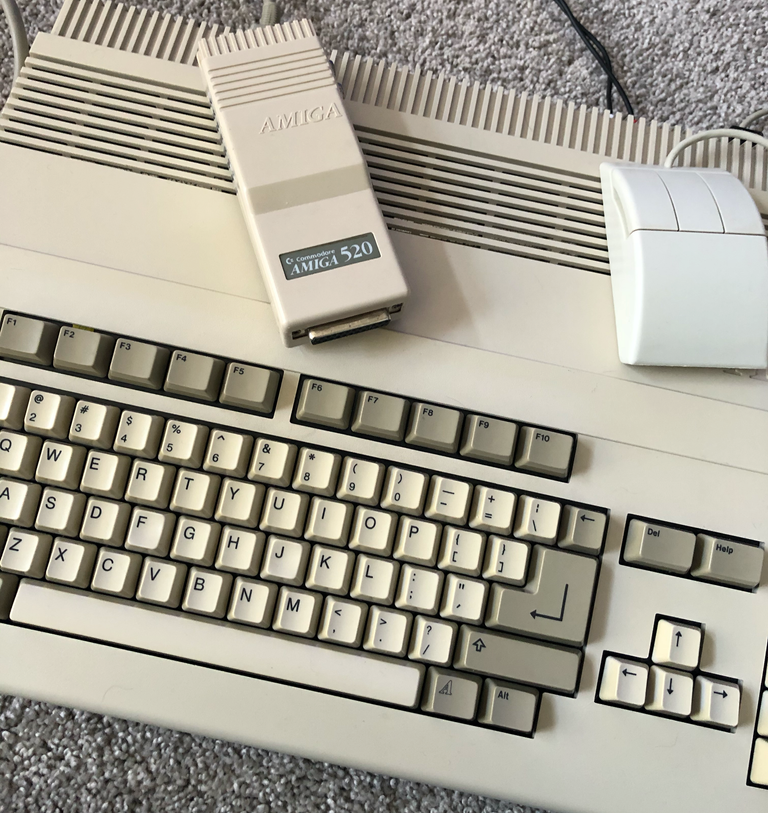
When I bought my Amiga 500 I was excited to be able to test my programming on real hardware, but unfortunately I can't effectively do the development on my 500 due to the fact the systems I was aiming to use all require beefier hardware, and obviously I don't have the money to buy physical versions of all the hardware I need to test performance with.
For the development computer, I can obviously use my Windows PC and WinUAE. That's tried and tested.
Turns out for many people, the Raspberry Pi is the best Amiga to own in 2020, especially for plugging into a modern TV and for compatibility with game controls. At least until the folks behind TheC64 release an Amiga version!
There are a few main options for emulating an Amiga on a Raspberry Pi:
There are also projects such as UAE4Arm etc. Most of these projects share underlying code, and in fact RetroPie, PiMiga and Amibian now all seem to have Amiberry under the hood.
The main advantage of PiMiga, Ambian, or RetroPie, is you can get a ready setup disk image.
FS-UAE can be installed directly from the Add/Remove software tool right in the Rasbian menus.
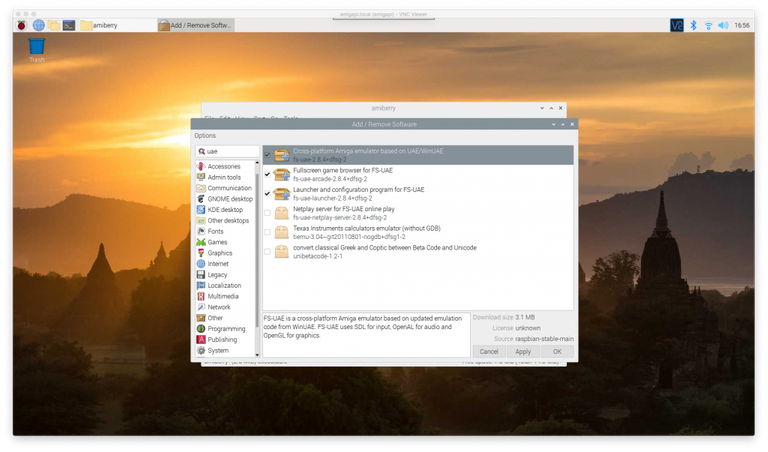
PiMiga is one that might not be available by the time you read this because it is a 32gb that is absolutely stuffed full of "unofficial" copies of games and software.

Run virus check after installing!
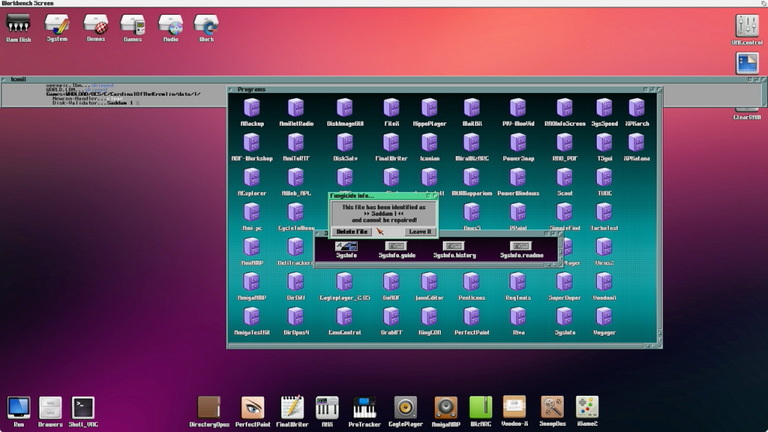
Setting Up your Amiga Emulator
Grab the Raspberry Pi imager or Etcher and install your chosen disk image.

If you installed on top of Raspbian, make sure your SD card file system is expanded.
- Go to the Advanced Options menu
- Choose Expand Filesystem
The pre-built images will mostly take care of this for you, but in some cases it is still worth logging in and updating the operating system.
For PiMiga the username is root and password is pimiga.
After a restart:

PiMiga is DietPi under the hood
- Set up your network either using an Ethernet cable or with wifi. Pi3b+ and Pi4 have built-in wifi, or you will need a dongle. Following these instructions from Raspberry Pi to set up your connection. PiMiga/DietPi is a bit special.
- Enable SSH in Network Options, SSH, so you can remote connect and add files using an SFTP (use an FTP client such as FileZilla)
- I like to also add VNC, this gives me a graphical remote access option.
Running the Amiga Emulation
You will need a Kickstart ROM due to the fact they can not be legally bundled in a distribution. Amiga Forever is the go-to place to get legit Kickstart, though you can also get 3.1.4 from Hyperion because legal drama. Out of sheer confusion I ended up with files from both. PiMiga comes with an open source ROM, but for best experience a legit Amiga ROM is best.
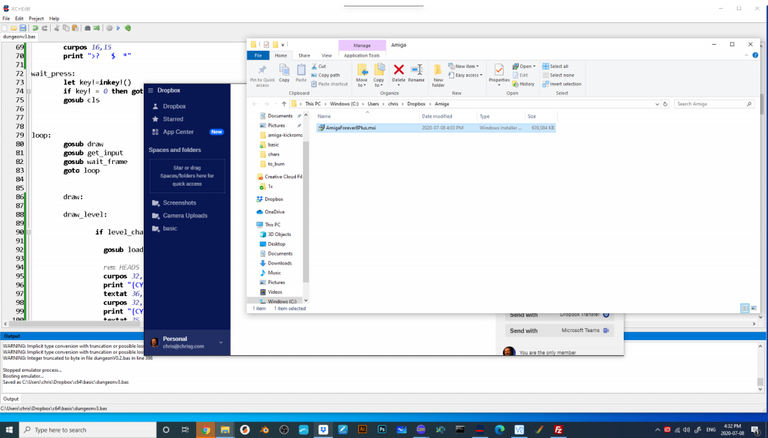
Many disk images provide a SD card partition just for the ROMs where you plant correctly-named files (and your ROM key file if you have one), otherwise select the ROM location in the emulator configuration.

Once you have a ROM, the next thing will be booting using a Workbench disk, then configuring your emulated hardware. Most of us will at least want to add a hard drive and to boot in future from an installed Workbench.
If Amiga is running, hit F12 (or hold the left mouse button, or check whichever key your emulator requires) and click on Hardware, CD & Hard Drives and add a directory. There are also .HDF "Hardfile" files floating around (I am sure you can find where) that contain tons of games.
Tips
The Amiga is all still new to me, but here are some things I learned.
A project called WHDLoad makes it much easier to run games that were originally designed for floppy-use to run off your hard disk. It's built-in to FS-UAE and many game-bundle RetroPie images.

Software such as AmiBlitz3 have quite demanding hardware requirements and will definitely need the RAM configuring.
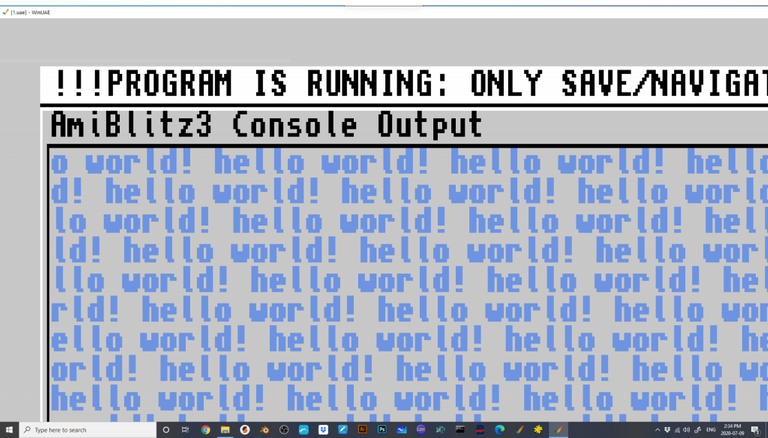

A nice tool to compare performance is Sysinfo.
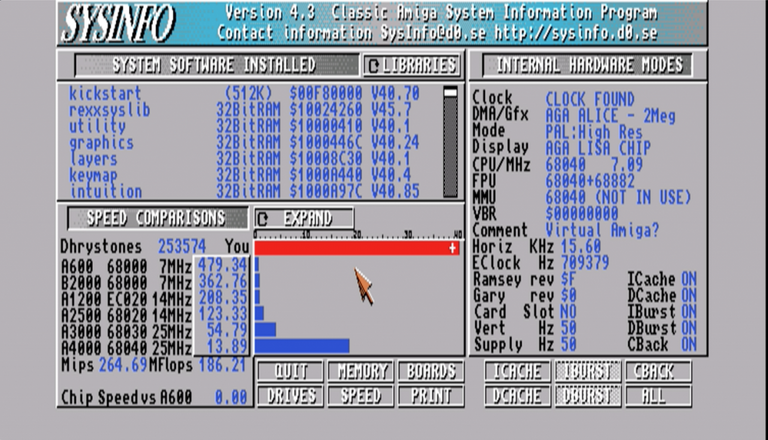
Web browsers on the Amiga have not kept up with modern standards, but can still be useful.

When you have a good configuration, save it so you don't have to input it all over again!
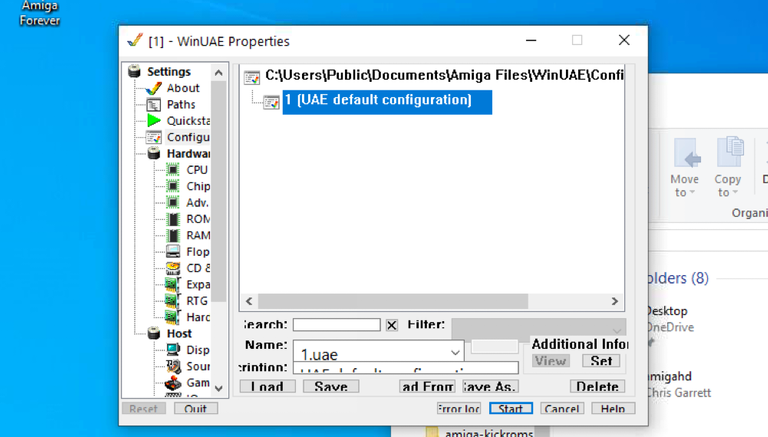
Finally, if all that seems like a lot of bother, folks on ebay even sell Raspberry Pi Amigas including 3D printed cases!
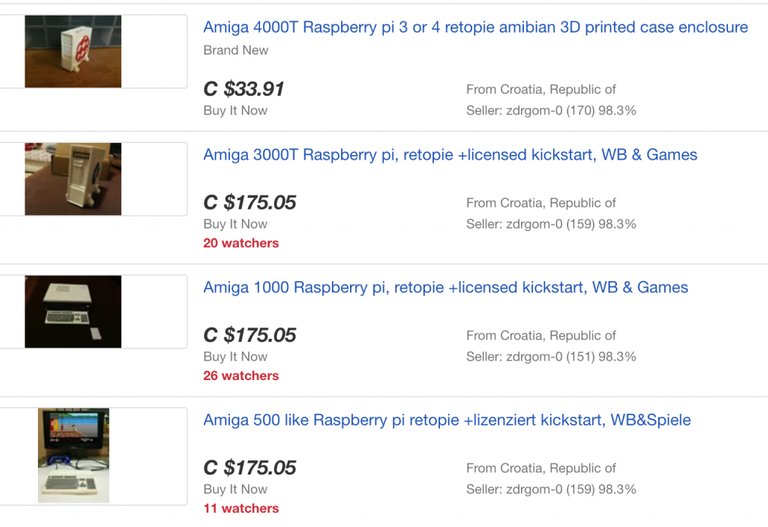
Do you run emulators on your Raspberry Pi? Got into retro computing? Please share in the Facebook Group
Posted from my blog with SteemPress : https://makerhacks.com/raspberry-pi-amiga-emulation/
Been building some Retro Pie's for friends and been using AmiBerry for the Amiga stuff and Vice for Commodore 64. Not sure many use Amiga/Commodore on the Pie, but seem to work well.
There's a lot of folks using Pi for Amiga stuff, along with FPGA and even original hardware. For example, a successful Kickstarter recently was https://www.kickstarter.com/projects/483774293/amiga-3000-inspired-modular-amiga-pc-desktop-compu :)
The Amiga was my second personal computer, after the TI-99-4A.
Cool to emulate on a Pi.
Congratulations @makerhacks! You have completed the following achievement on the Hive blockchain and have been rewarded with new badge(s) :
You can view your badges on your board And compare to others on the Ranking
If you no longer want to receive notifications, reply to this comment with the word
STOPDo not miss the last post from @hivebuzz:
Support the HiveBuzz project. Vote for our proposal!